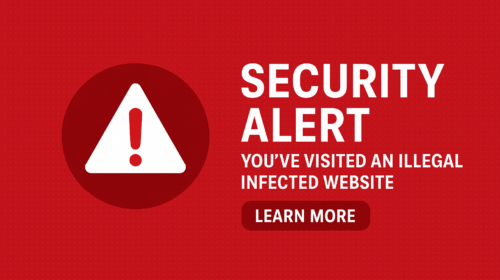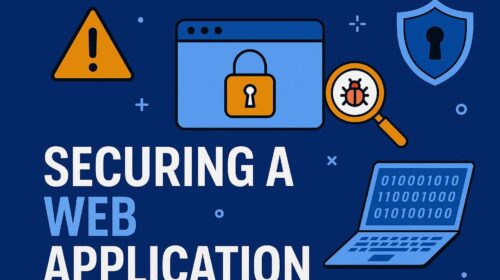
Web Server Security Best Practices: Protecting Your Website from the Ground Up
When it comes to keeping your website safe, your web server is your first and most critical line of defense. Unfortunately, many security breaches happen not because hackers are overly sophisticated, but because the basics of web server security are often overlooked. If you’re running a WordPress site or any CMS, understanding and applying web server security best practices can be the difference between a smooth operation and a major data disaster.
One of the core principles of server security is the idea of “hardening” — minimizing the attack surface by reducing what’s exposed to the outside world. Here’s how to make sure your server is not a sitting duck.

1. Keep Your Server Software and CMS Up to Date
It may sound obvious, but outdated software is one of the top causes of web attacks. Always ensure that your operating system, server software (like Apache, Nginx, or IIS), and any CMS platforms are regularly patched. Many known vulnerabilities have publicly available exploits, and hackers often use automated tools to scan for these.
2. Use the Principle of Least Privilege
Make sure users and services only have the permissions they absolutely need. For example, your web server process should not be running as an administrator or root user. This simple adjustment can prevent many types of privilege escalation attacks.
3. Disable Unnecessary Services and Modules
If your server has services running that you don’t use—such as FTP, Telnet, or legacy database ports—disable them. Each one is a potential point of entry. Similarly, disable unnecessary Apache or Nginx modules that don’t serve a functional purpose for your site.
4. Implement Secure Communication (HTTPS and SSL/TLS)
Every website should use HTTPS by default. TLS certificates not only encrypt the connection between users and your server, but also improve SEO rankings. Make sure you’re not using outdated protocols like SSL 3.0 or early versions of TLS.
5. Configure File Permissions Properly
Avoid making directories world-writable unless absolutely necessary. On WordPress, for instance, your wp-config.phpfile should not be accessible to unauthorized users. Misconfigured permissions can expose sensitive files to attackers.
6. Monitor Your Logs
Your access and error logs can reveal a lot. Failed login attempts, strange user agents, or repeated 404 errors may indicate a scanning or brute force attempt. If you’re not already checking logs regularly, now is the time to start.
7. Deploy a Web Application Firewall (WAF)
A WAF can help stop SQL injections, XSS, and other common attacks before they ever reach your application. Many modern WAFs also include threat intelligence feeds and real-time rule updates.
8. Set Up Automatic Backups
Even the most secure server isn’t immune to compromise. Regular, automatic, off-site backups can be your lifeline. Test them periodically to make sure they work when you need them most.
9. Limit Access by IP Address Where Possible
Especially for admin panels and dashboards, consider restricting access by IP. This reduces the exposure of sensitive areas and keeps out unwanted traffic.
10. Regularly Scan for Vulnerabilities
Security is not a one-time setup—it’s an ongoing process. Routine vulnerability scans help detect weaknesses before attackers do.
If you’re not sure where your server stands, or if you suspect your WordPress site might be vulnerable, we recommend trying one of our professional vulnerability scanning services. We specialize in identifying weak points and helping you secure your website with clear, actionable insights.
If you want to explore other articles similar to Web Server Security Best Practices: Protecting Your Website from the Ground Up you can visit the Web Vulnerabilities.






Leave a Reply